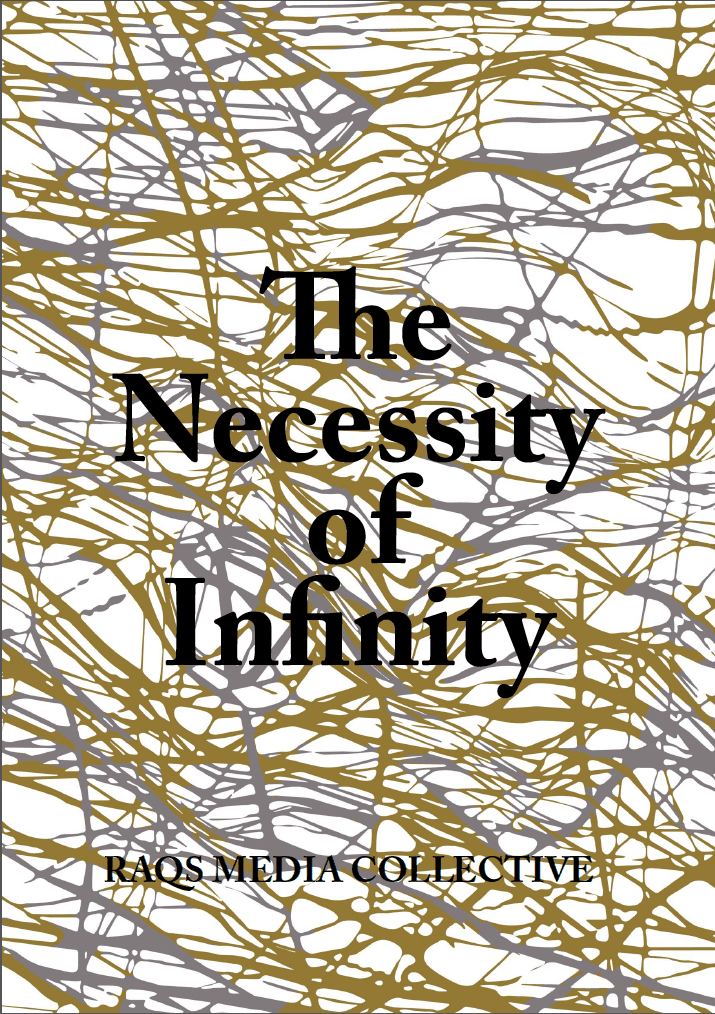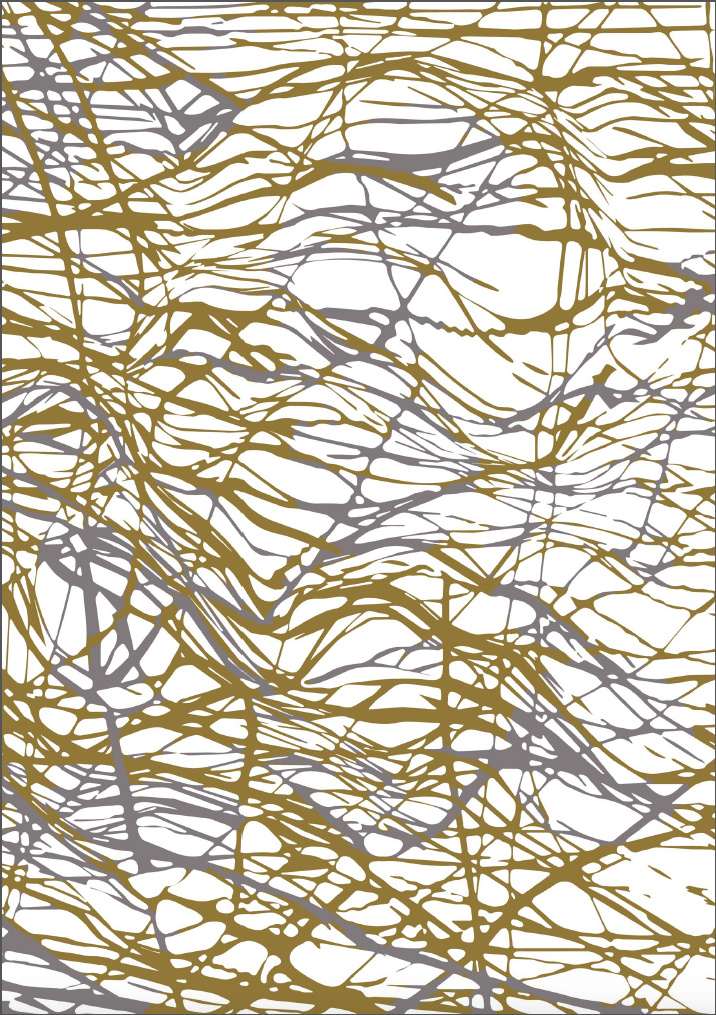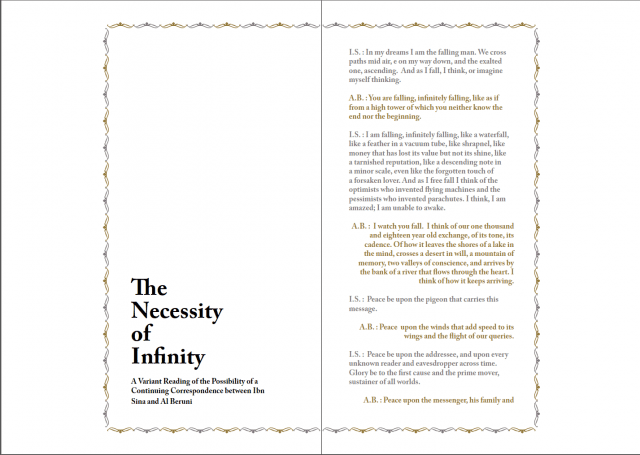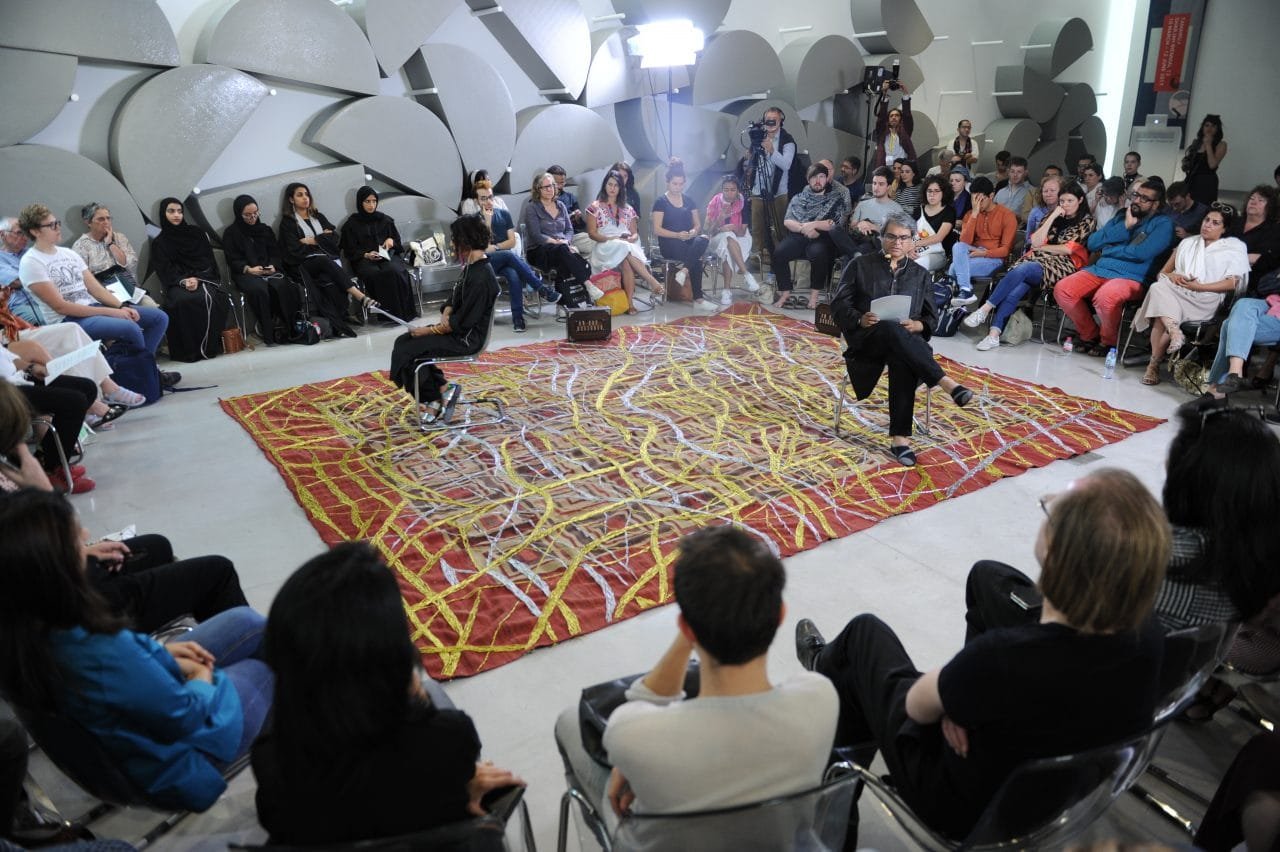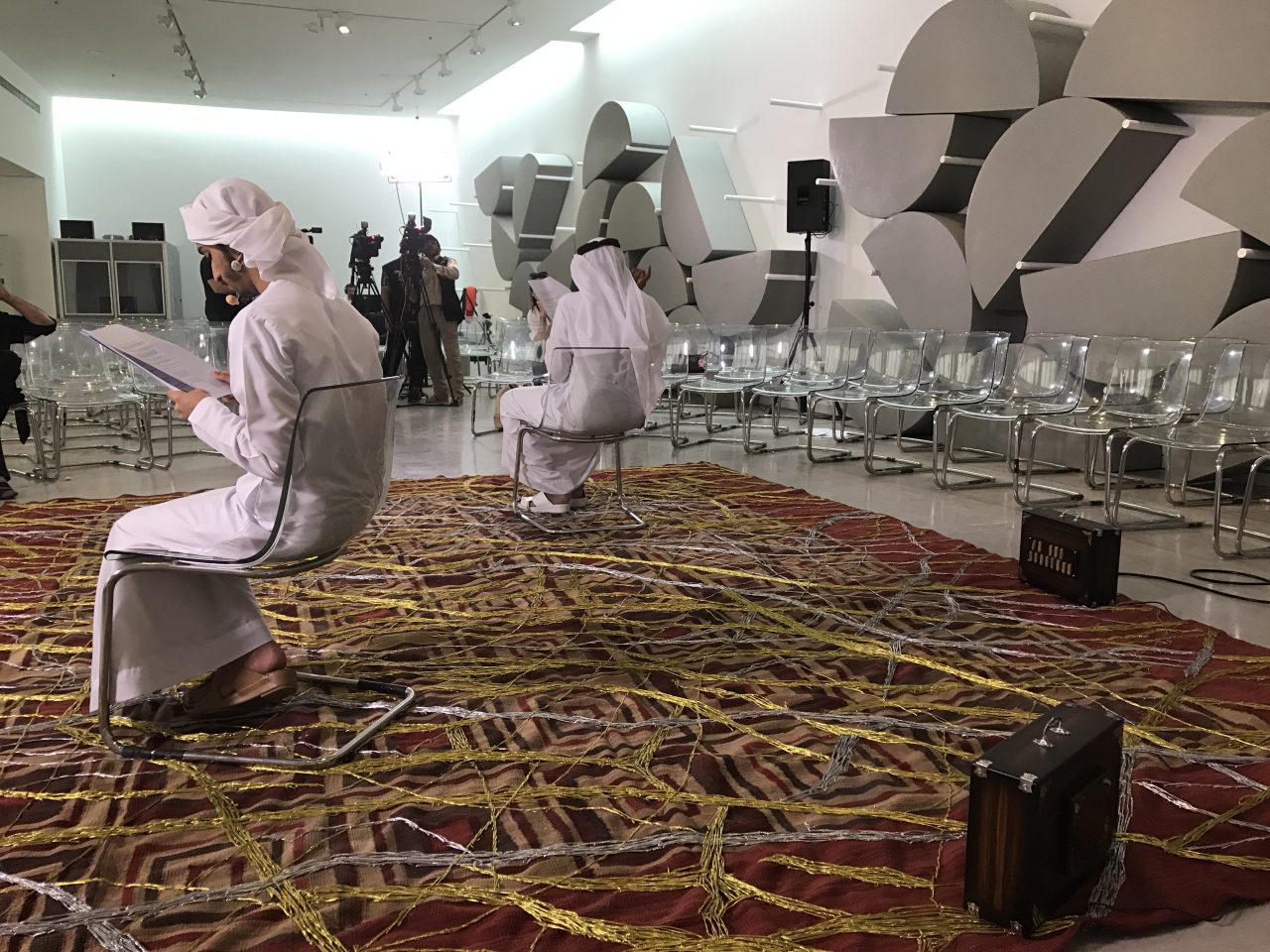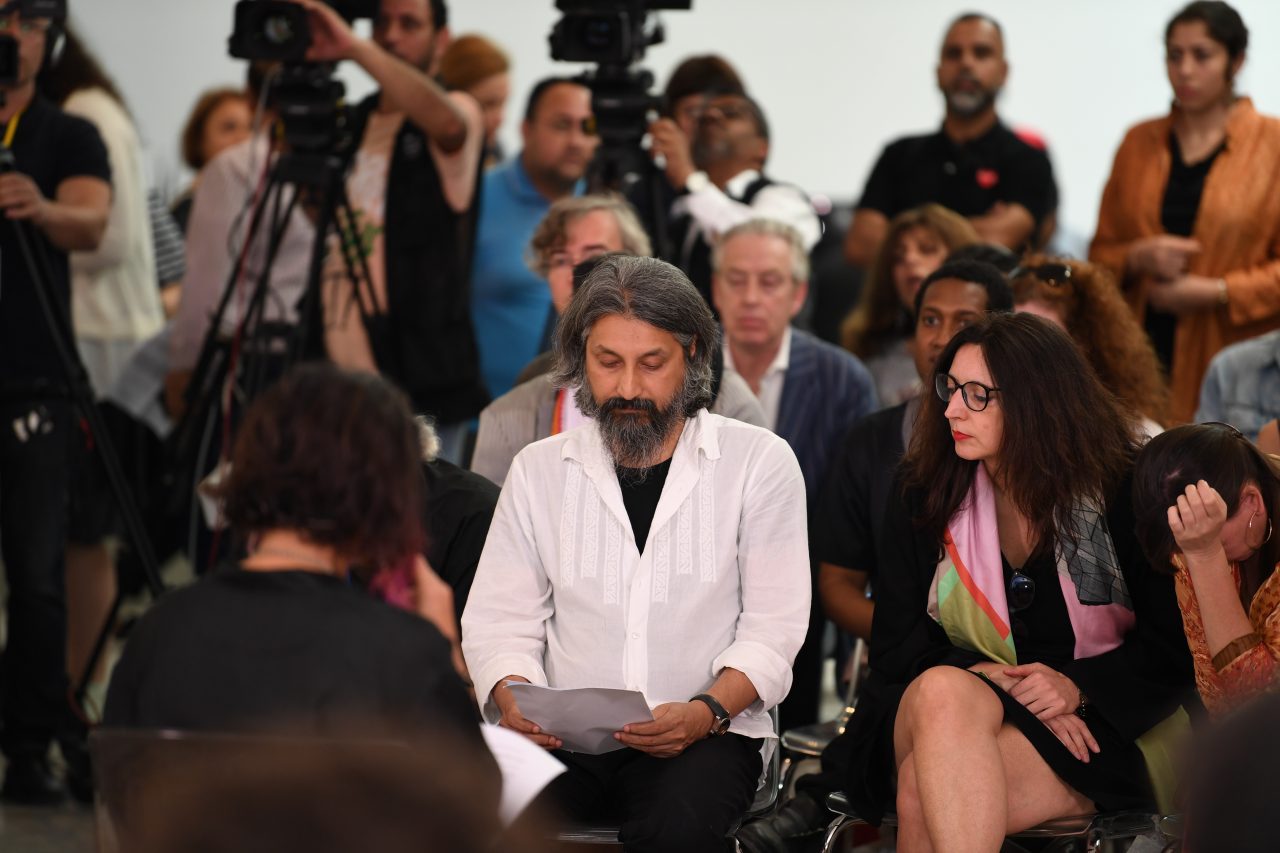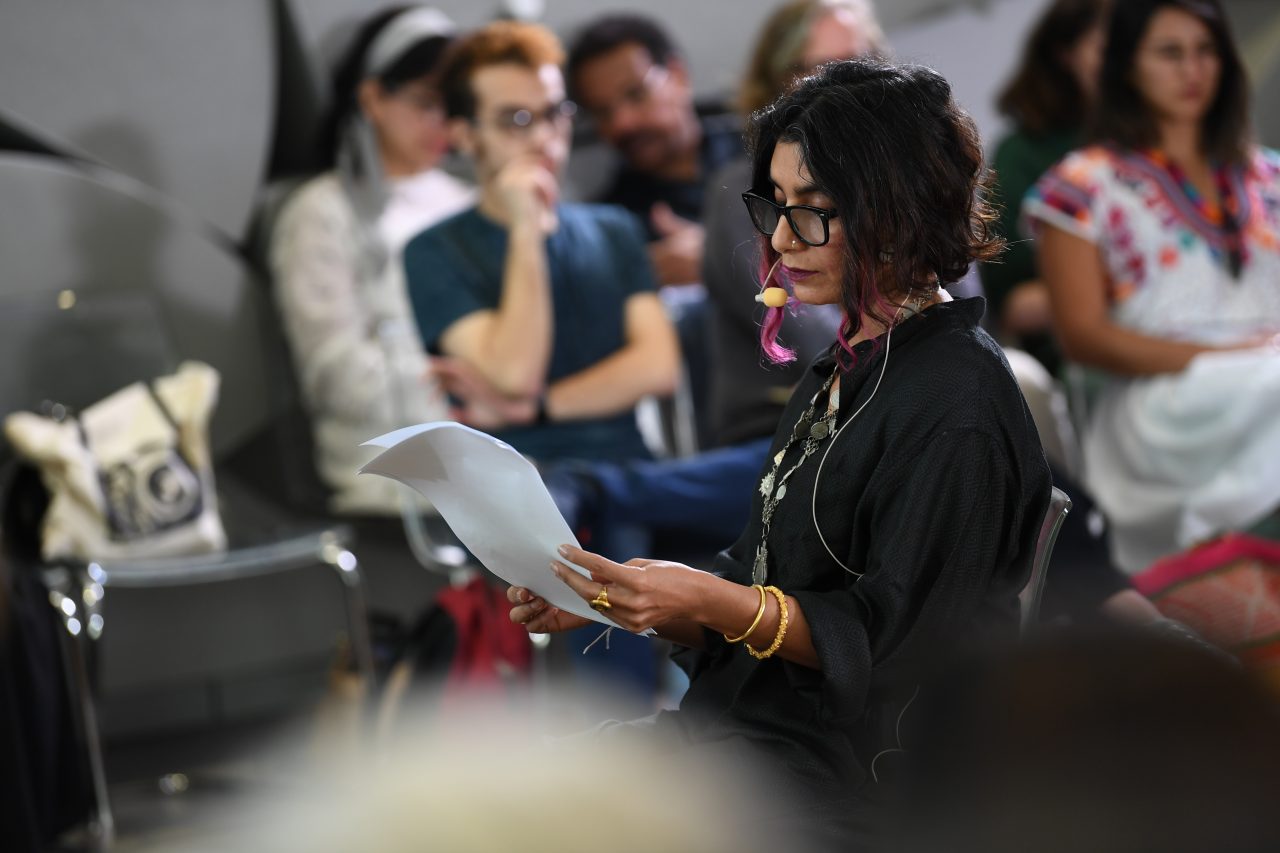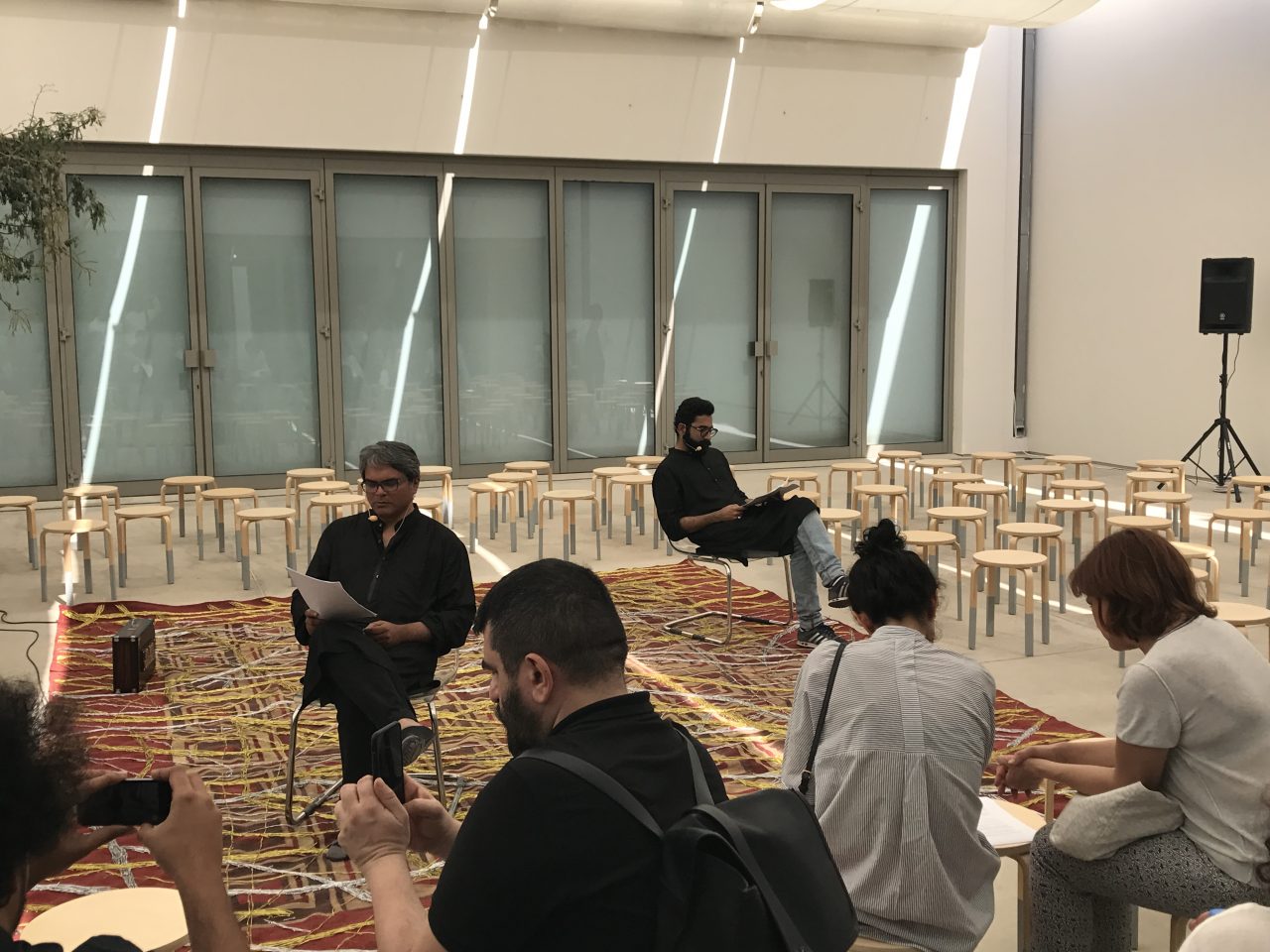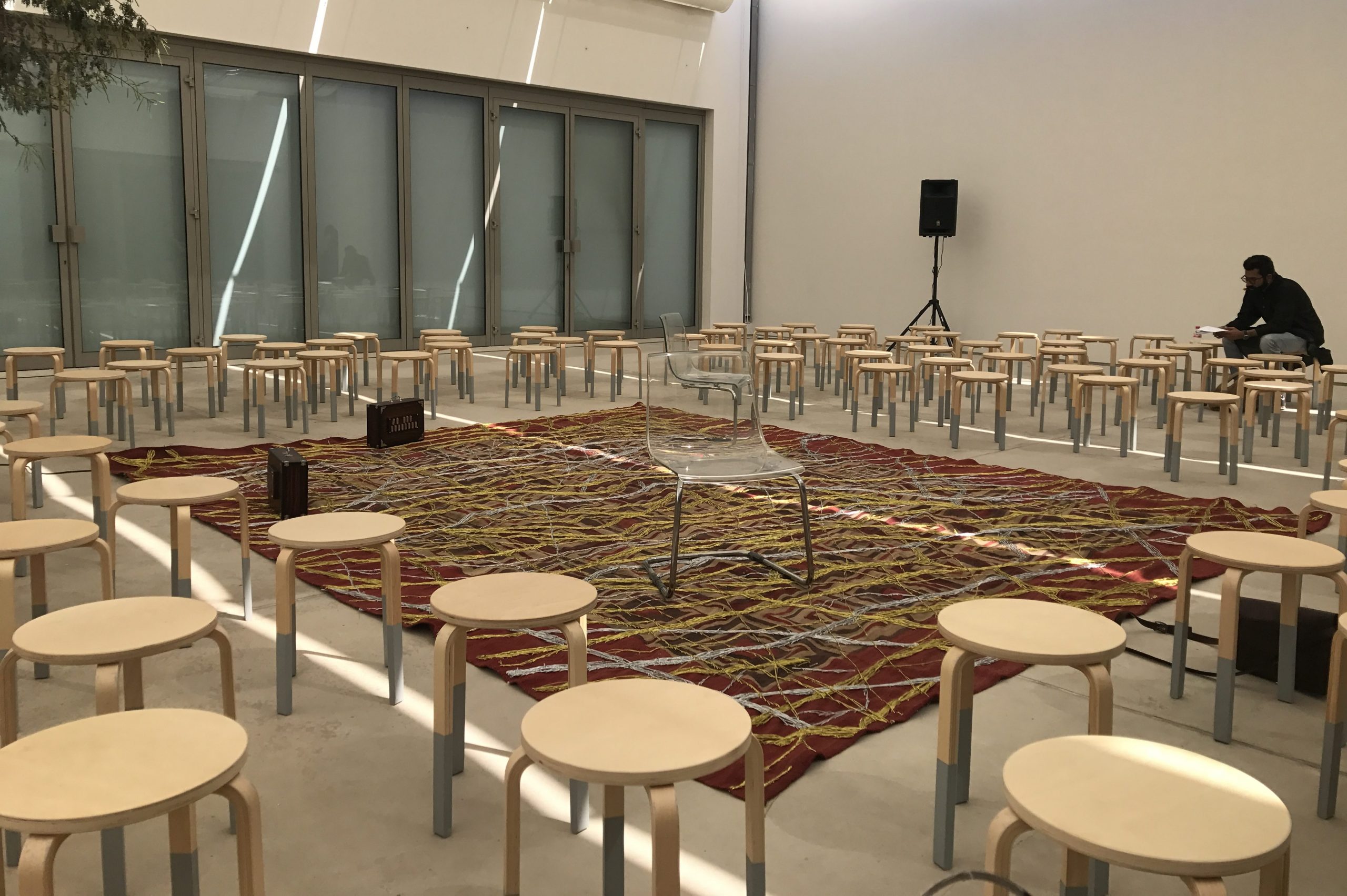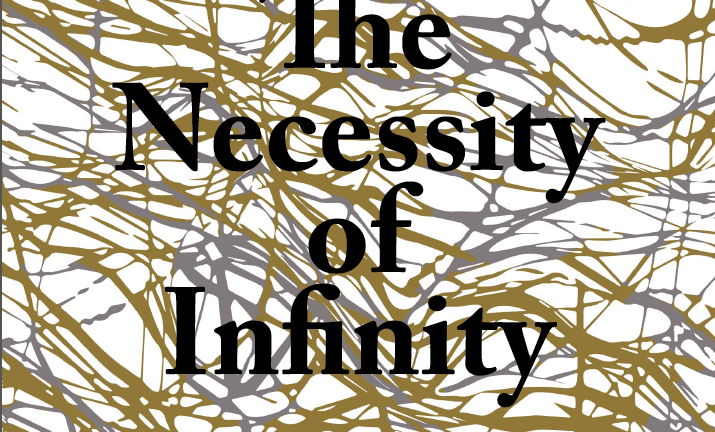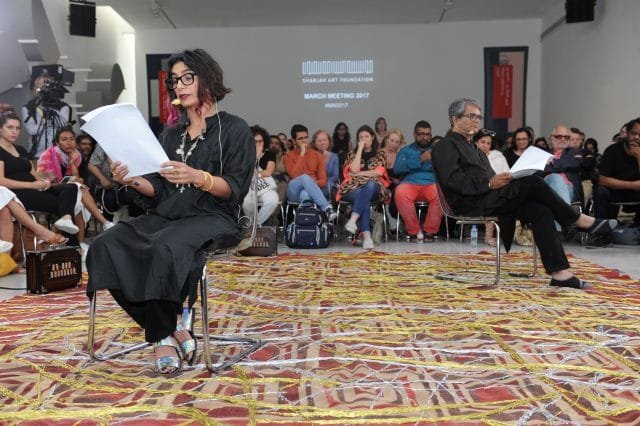
The Necessity of Infinity
Shown at: Sharjah Biennale 2017, Sharjah (2017) | ‘From the Cosmos to the Commons,’ Stadtkuratorin Hamburg (2025)
Reading performance, Carpet, gold embroidery, Performers, musical tone generators
Carpet Dimensions, 4 x 4.8m
Reading performance, Performers, musical tone generators
The Necessity of Eternity is a lecture performance that recounts one of the most exciting yet often overlooked exchanges in intellectual history.
In 999 CE, a 28-year-old Al Beruni, writing from the shores of the Aral Sea in Gurganj (in present-day Turkmenistan), sent a letter to 18-year-old Ibn Sina in Bukhara (now in Uzbekistan). This initiated a two-year-long exchange i.e., Al-As’Ilah Wa’L-Ajwibah/Questions and Answers between the two thinkers.
The exchange grappled with divergent readings of Aristotle’s understanding of heavens and the stars. While Ibn Sina questioned, “or are we alone in the universe?” Al Biruni asked, “Are there other solar systems among the stars”,
Ibn Sina responded by arguing that the consideration of infinity necessarily entailed the existence of many worlds beyond our own. The possibility of plurality was, for him, a corollary of the necessity of infinity.
Centuries later, Giordano Bruno would be burned at the stake for proposing similar ideas. But for Al Beruni and Ibn Sina, the plurality of worlds was neither heresy nor impossibility, it was a matter of reason and speculation.
Raqs returns to this conversation to perform a contemporary polemic on plenitude, doubt, and the desire to imagine life beyond Earth. In thinking through the future evolution of our species and the urge to explore other worlds, The Necessity of Infinity becomes a meditation on the presence of infinity in our lives, a way to inherit the past while reaching for the future.
